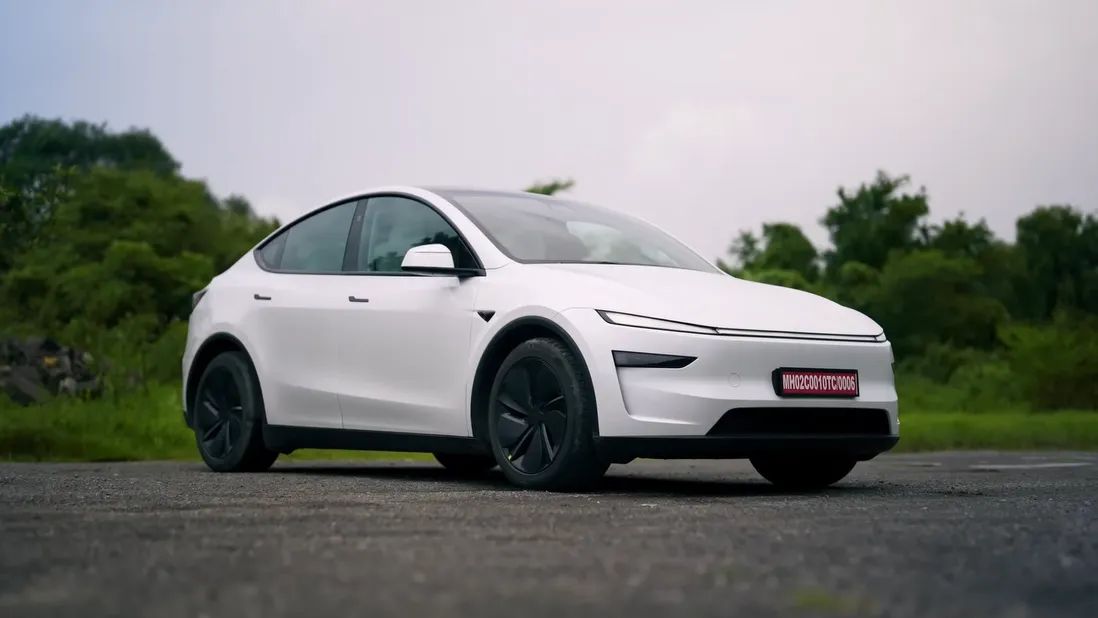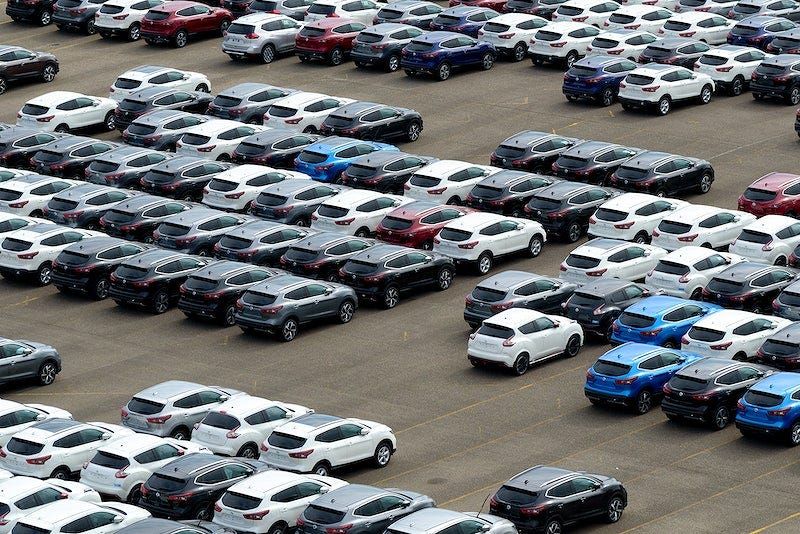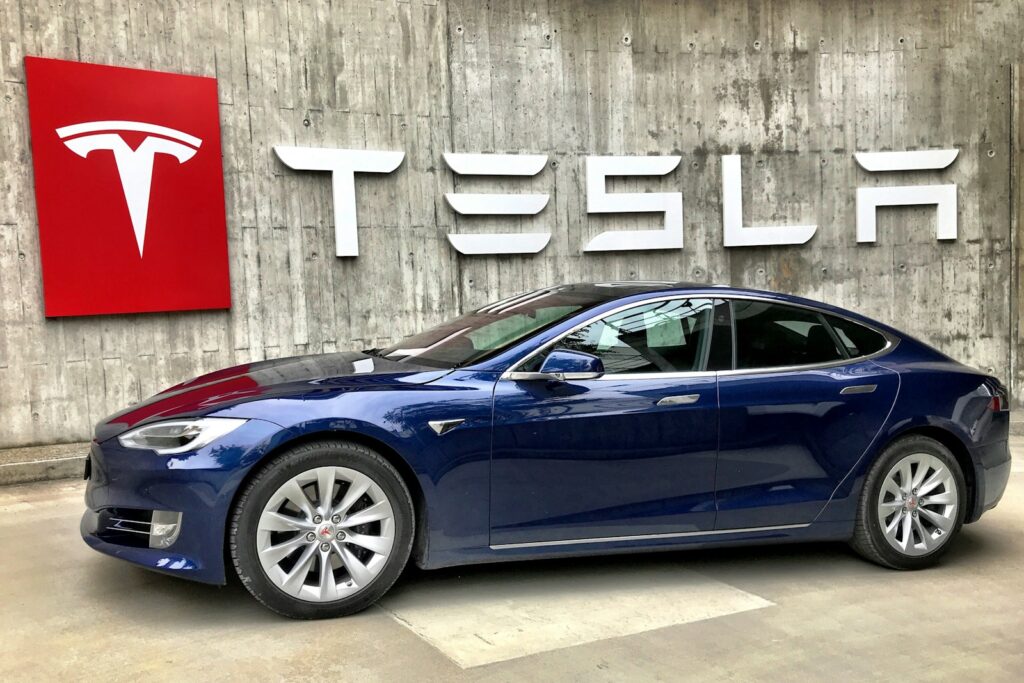
Tesla has undeniably transformed the automotive industry, offering a compelling shift toward electric, environmentally friendly transportation. Its rapid rise in popularity signals a positive trajectory, with projections pointing to broader market expansion. Yet, alongside this innovation, a closer look reveals challenges that affect owner experiences and public perception. No vehicle is without flaws, and Teslas are no exception. Below, we explore key technical and design issues, as well as behavioral patterns among some owners, that contribute to a more nuanced view of the brand.
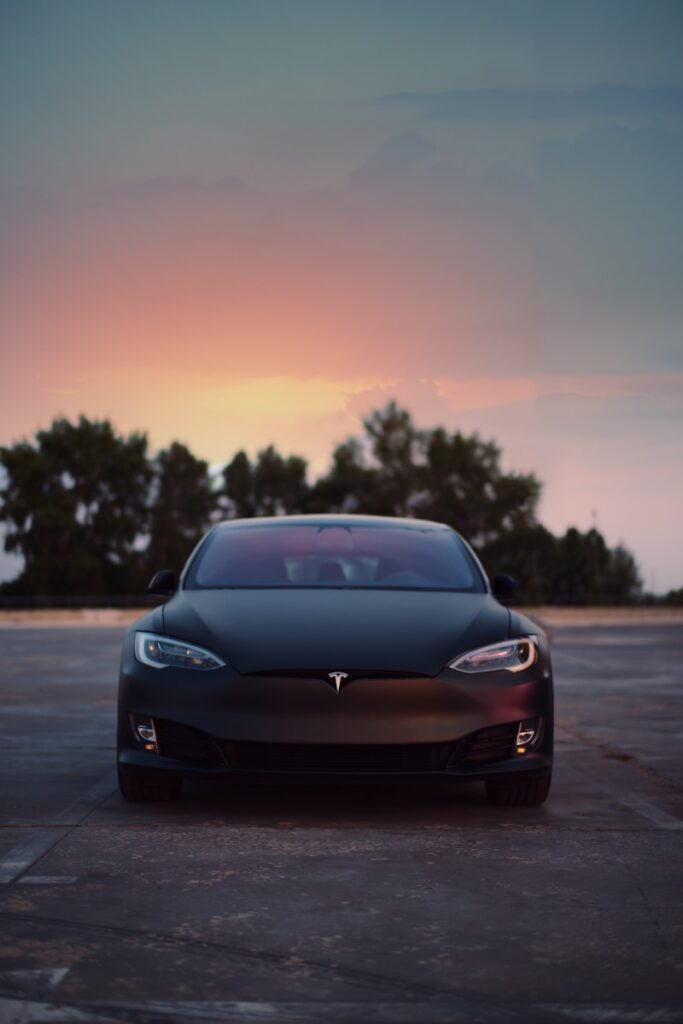
Technical and Design Shortcomings: Beyond the Hype
Inconsistent Build Quality
One of the most frequent complaints among Tesla owners centers on inconsistent build quality. While interiors often sport a sleek, futuristic design, materials used can be of lower grade, leading to problems as the vehicle ages. Exterior components, too, show premature wear—bolts rusting, fuses protruding, paint peeling—sometimes within months of purchase. These flaws clash with the brand’s premium positioning.
Not all components suffer: structural elements like roofs and body panels use high-quality materials, and interior design generally earns praise for aesthetics. This mix of strengths and weaknesses creates a complex picture for potential buyers, highlighting that excellence in some areas does not negate shortcomings in others.
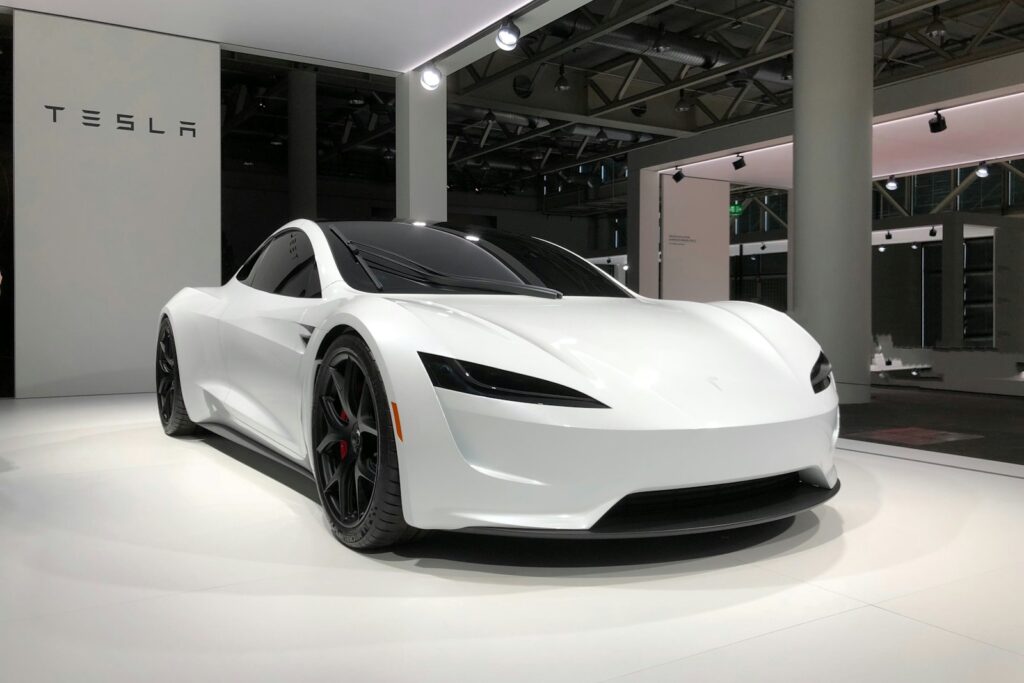
High Maintenance Costs and Battery Headaches
Tesla ownership involves more than the initial purchase price; maintenance costs are notably higher than both traditional gas-powered cars and other electric vehicles. Annual upkeep averages around $1,100, driven by factors like strict battery care requirements and, in some cases, unnecessary repairs—such as complex computer fixes or replacements for parts that are not broken.
Battery replacement adds another layer of concern. While Tesla offers an 8-year battery warranty, post-warranty replacement costs soar into the thousands. Compounding this, batteries cannot be serviced by owners or independent shops; owners must rely solely on Tesla, limiting choice and potentially leading to longer wait times. The specialized lithium and nickel-metal hydride batteries used also lack aftermarket alternatives, reinforcing dependency on the brand for critical service.
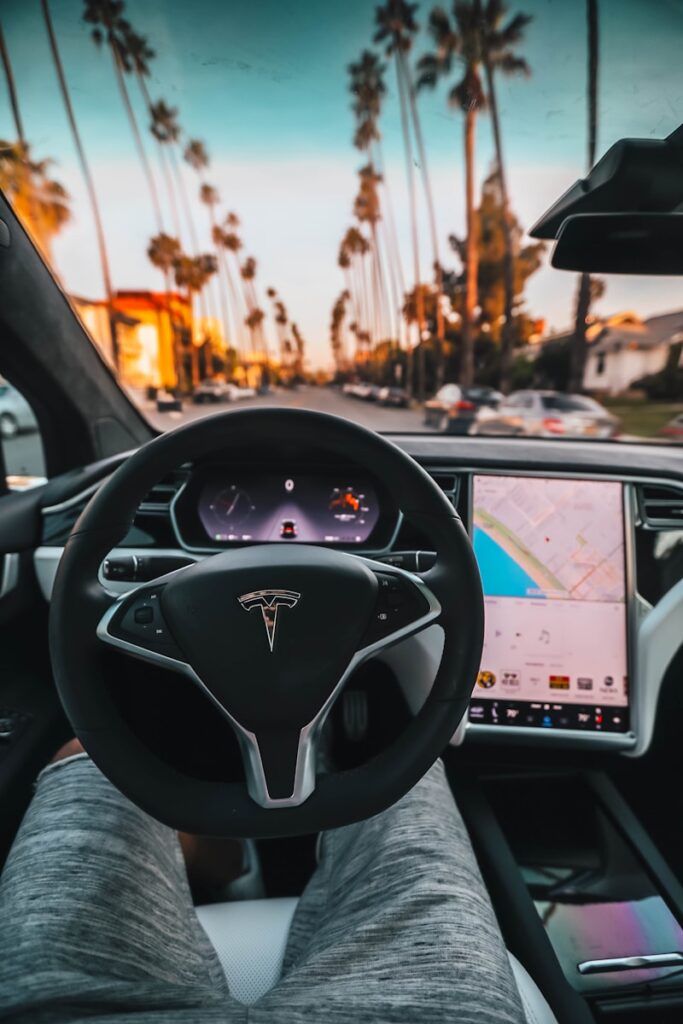
Autopilot, Tires, and Unreliable Warnings
Tesla’s Autopilot features, while innovative, have notable operational flaws. Sensors designed to detect pedestrians, traffic signs, and other vehicles do not perform consistently, occasionally failing to register common obstacles. While no system is perfect, these lapses raise safety concerns, requiring drivers to remain hyper-vigilant despite the technology’s promises.
Tire wear is another persistent issue. Tesla tires degrade faster than those on many other vehicles, often due to wheel misalignment—wheels are frequently not perfectly aligned to their center axis, increasing friction and reducing tire lifespan. This leads to more frequent replacements, adding recurring costs and raising safety concerns related to traction and handling.
Dashboard warning lights, critical for communicating vehicle issues, are unreliable in many Teslas. Owners report random illuminations with no underlying mechanical problems, creating confusion. Drivers cannot trust these alerts to signal genuine issues, leading to unnecessary stress, missed critical problems, or wasted resources on non-existent ones.
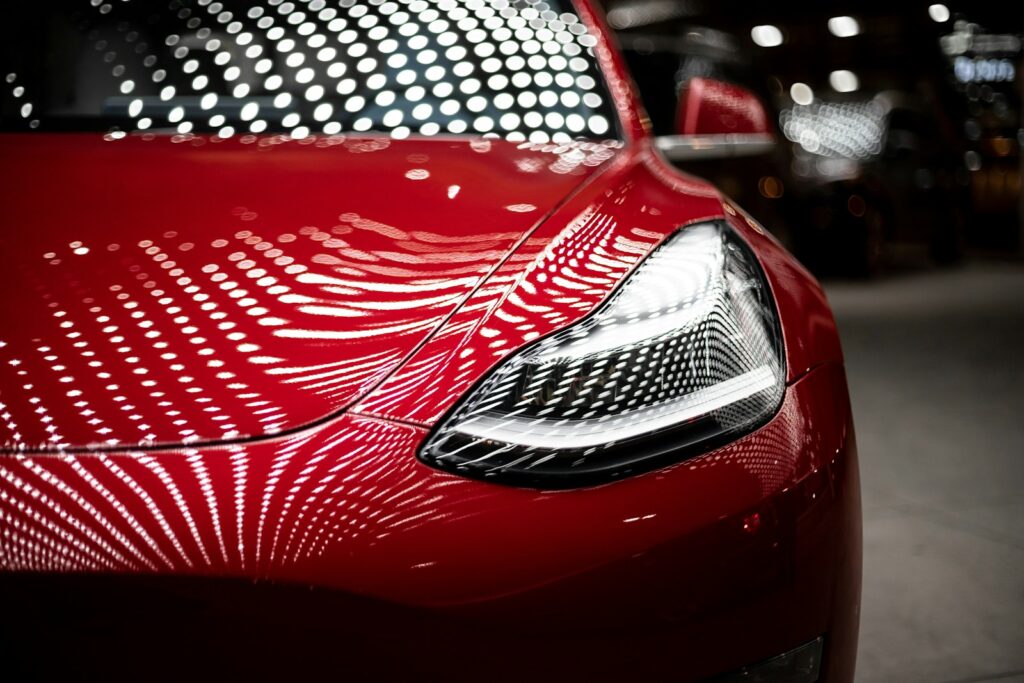
Behavioral Patterns: How Some Owners Shape Perception
Wealth Flaunting and Brand Arrogance
Teslas, with their premium pricing and innovative tech, often symbolize affluence. While pride in ownership is natural, some owners openly emphasize the vehicle’s cost, highlighting personal financial success. This focus on wealth can feel boastful or exclusionary, creating discomfort for those with different financial means.
This behavior shifts focus from the brand’s environmental and technological merits to conspicuous consumption, shaping public sentiment. Instead of being seen purely as pioneers of sustainability, some owners reinforce a stereotype of ostentation, detracting from Tesla’s core mission.
Alongside this, a subset of loyal owners exhibits brand arrogance, dismissing advancements by competing EV manufacturers and refusing to acknowledge valid critiques of Tesla’s own products. This defensiveness stifles constructive dialogue, alienating potential allies in the push for sustainable transport and fostering an “us vs. them” mentality.
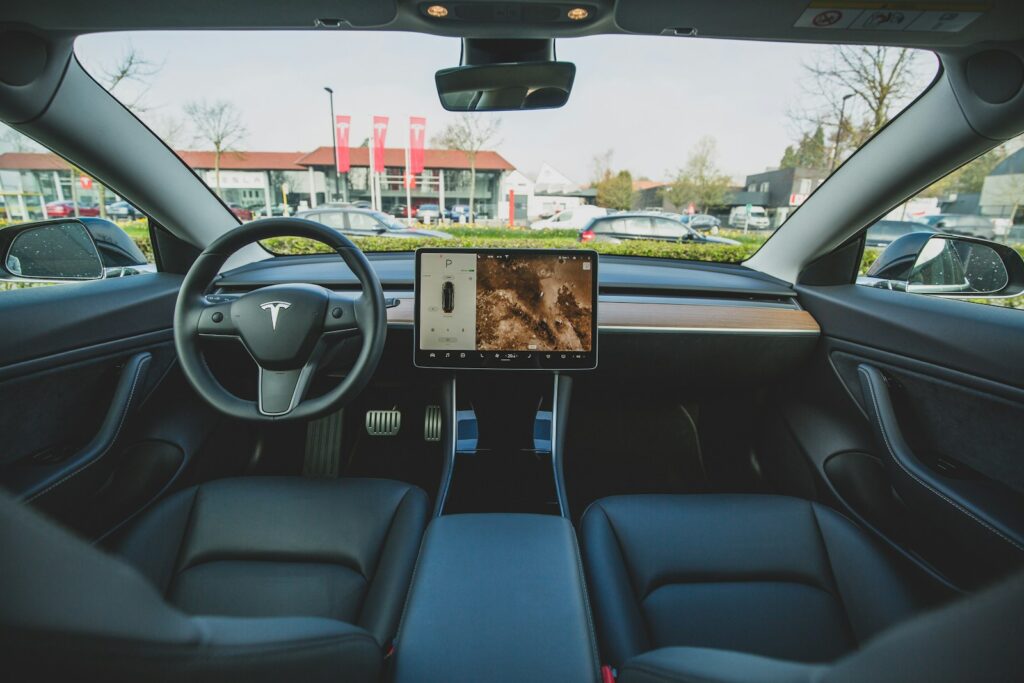
Inconsiderate Conduct in Shared Spaces
At charging stations, some Tesla drivers frustrate others by cutting in line, disregarding “first come, first served” norms. This behavior disrupts fairness, implying their time is more valuable and sparking resentment. As EV adoption grows, courteous use of shared charging infrastructure becomes critical; such inconsideration undermines communal cooperation.
Owners of Tesla Model X, with its distinctive Falcon Doors, sometimes exacerbate tensions. These upward-opening doors require extra clearance, but some owners park in narrow spaces, expecting others to accommodate their vehicle’s design. This entitlement forces neighbors to navigate awkwardly or risk damage, turning a design feature into a source of irritation.
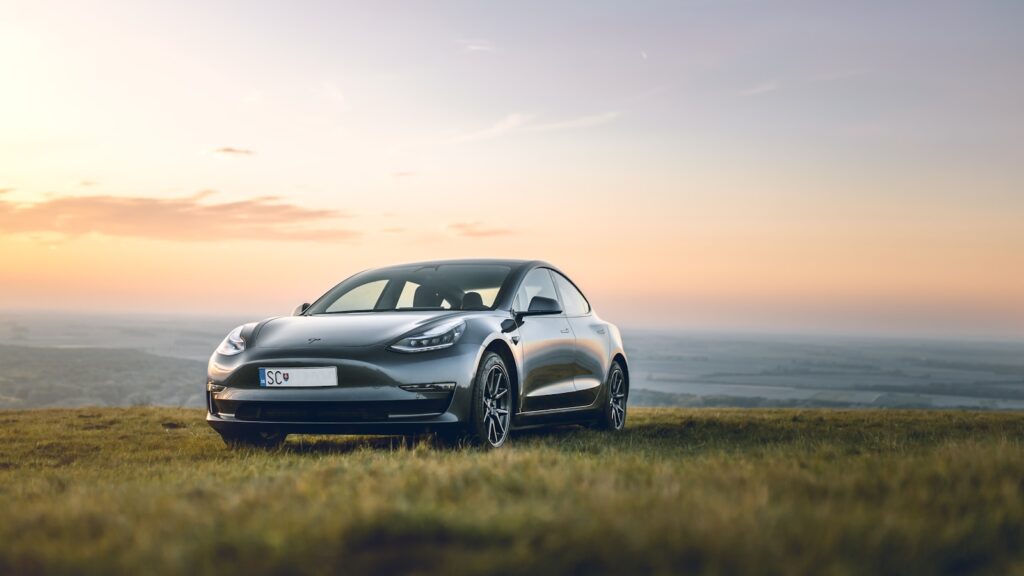
Misusing Technology for Spectacle
Tesla’s rapid acceleration, a draw for enthusiasts, leads to intentional “tire burns” by some drivers—spinning wheels to create smoke and rubber fumes, wasting expensive tires for show. This wasteful, reckless behavior projects immaturity and disregard for resources, clashing with the eco-conscious image of electric vehicles.
Similarly, Autopilot is sometimes misused for display. While designed as a driver-assist tool, some owners remove their hands from the wheel in public (even sharing such acts on social media), treating a safety feature as a stunt. This endangers others and erodes trust in autonomous technology, casting doubt on its reliability and slowing broader acceptance.
Tesla’s impact on automotive innovation is undeniable, but its journey is marked by both technical hurdles and behavioral complexities. Addressing build quality, maintenance costs, and technology reliability will strengthen the vehicles themselves, while fostering responsible ownership can reshape public perception. As electric transportation evolves, balancing innovation with practicality and consideration will be key to ensuring Tesla—and the EV movement as a whole—lives up to its promise.

